
Introduction
Avocado or Ghifal is a fruit that originated in the Americas but of recent times has become extremely popular in Nepal. The fruit is highly proteinous and rich in healthy fats and has relatively low carbohydrates, making it an extremely healthy fruit.
Avocados are consumed in all kinds of ways-as spreads on bread, in sandwiches, salads, ice creams, milkshakes, and even cosmetics.
Major Varieties of Avocado
Ettinger: Green color when raw and ripe, smooth thin peel, large seed, light-yellow pulp.
Fuerte: Mexican hybrid variety, medium-thin green peel with slight roughness, large seed.
Hass: Can stand mild cold and dry conditions, green color when raw and turns black when mature, fragrant pulp with high storage quality.
Reed: Large round fruit, green color when raw and ripe, can stand saline but not cold, medium rough peel.
Topatopa: Mainly used as rootstock, large seed, thick black skin raw and ripe.
Climate and Altitude
Terai, Inner Terai, valleys, river basins, and mid-hills of Nepal are well-suited for avocado cultivation.
Optimum altitude: 600 to 1,500 m above sea level.
Soil Requirement
Good drainage loamy soil is ideal.
Soil pH 5.5–7 (optimum 5.7).
Propagation
By Seed: Sow outer seed coat off for faster germination. Keep seeds in dry sand at 5°C if not used immediately.
By Grafting: Appropriate for improved quality and uniform yielding.
Planting Time
June–July (Asar–Shrawan in Nepali calendar).
Planting Distance
8 m between rows
6 m between plants
Approx. 10 plants per ropani
Manure and Fertilizer Management
At planting: 20 kg compost per pit.
Gradual application of compost + NPK based on plant age.
Regular watering every 7–10 days in dry season.
Harvesting Time
Trees start giving fruits after 5–6 years.
Green varieties: Harvest when the color changes from dark green to light green/yellowish.
Purple varieties: Harvest when the skin changes from purple to dark red/black.
Avocados are climacteric fruits, i.e., they ripen after being picked.
Yield Potential
100–500 fruits per tree
14–15 tons per hectare
300–750 kg per ropani
Pest and Disease Management
Common Pests
Mites: Pale color of the leaves → Regulated by Spirodiclofen spray.
Mealybugs: Sticky substance on fruits invites ants → Regulated by mineral oil spray.
Leaf rollers: Roll and distort leaves → Regulated by Spinosad spray.
Cutworms: Leaves and shoots are injured → Controlled with Imidacloprid spray.
Common Diseases
Anthracnose (Colletotrichum gloeosporioides): Brown round spots on fruits → Controlled with Copper Oxychloride spray.
Root Rot (Phytophthora cinnamomi): Roots are rotted and blackened → Controlled with Carbendazim drenching and drainage.
Avocado Scab (Sphaceloma perseae): Brown/purple patches on fruits → Controlled with Copper Oxychloride spray.
Conclusion
Production of avocado is a recent but profitable enterprise for Nepali farmers. With proper variety selection, soil fertility, irrigation, pest/disease control, and market opportunities, growers can realize high yields and fair returns.
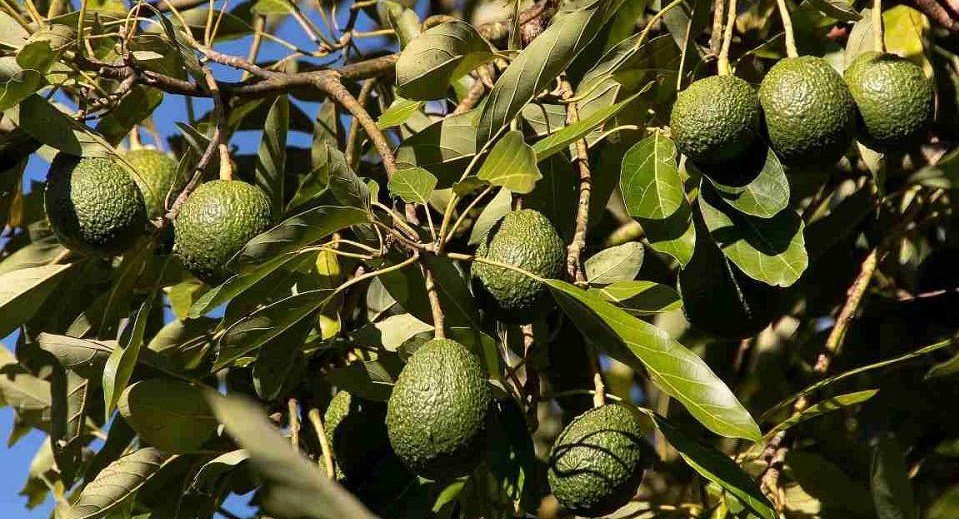
Avocado in Nepal: A Superfruit with Farming and Earning Potential
Friday, November 14, 2025
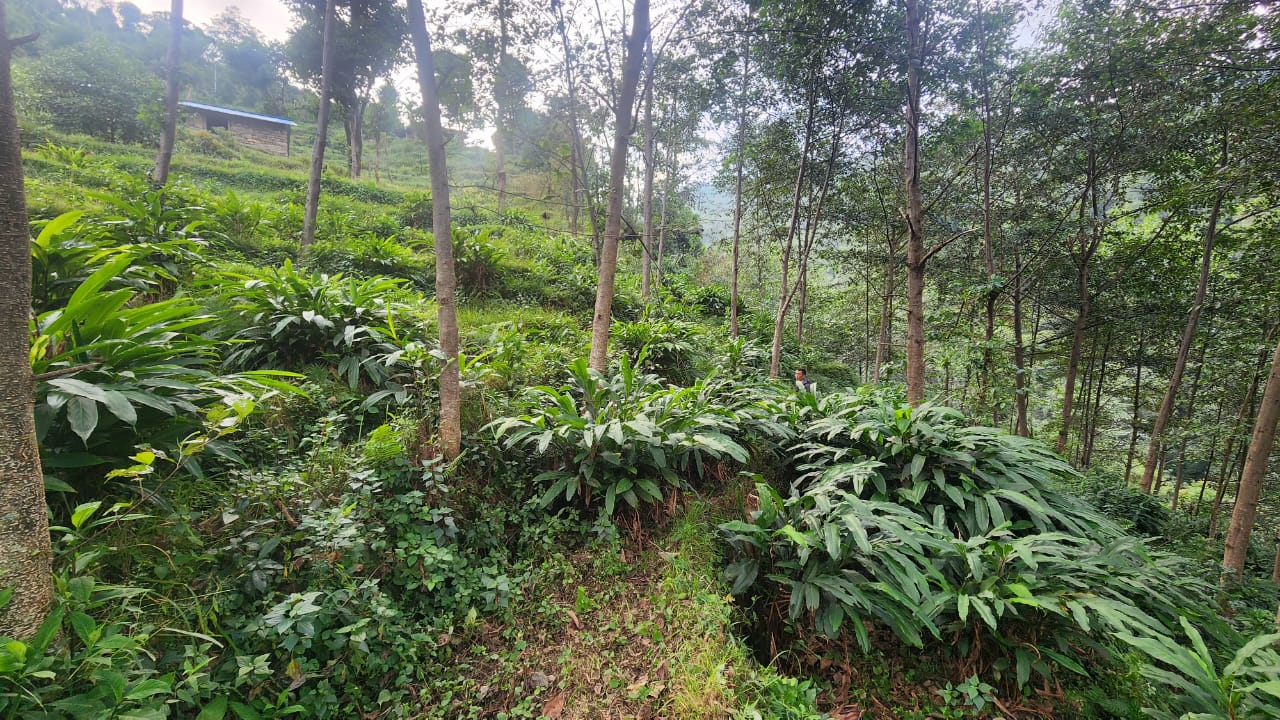
Common Mistakes in Cardamom Farming and Their Practical Solutions
Wednesday, November 12, 2025
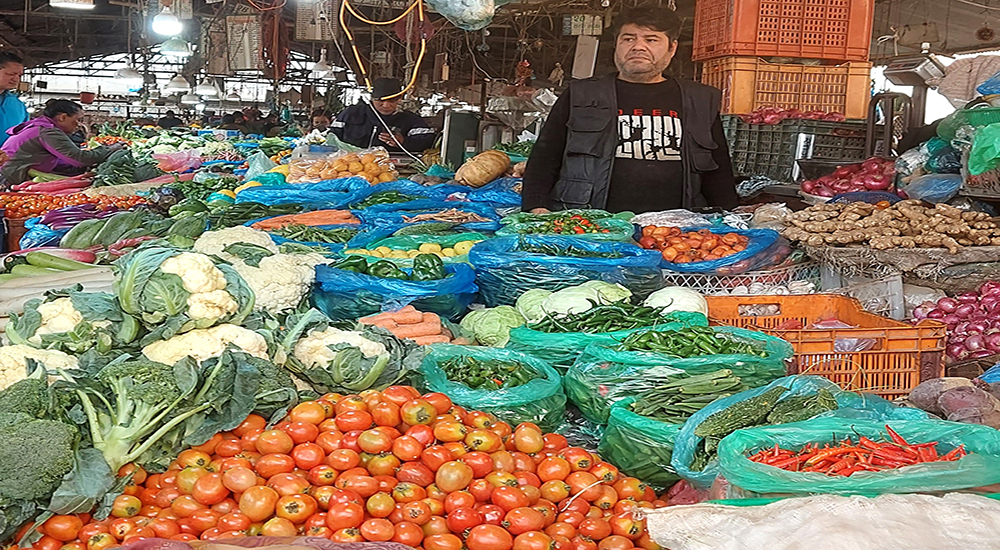
यस्तो छ आजका लागि सागसब्जी र फलफूलको थोक मूल्य
Wednesday, November 5, 2025
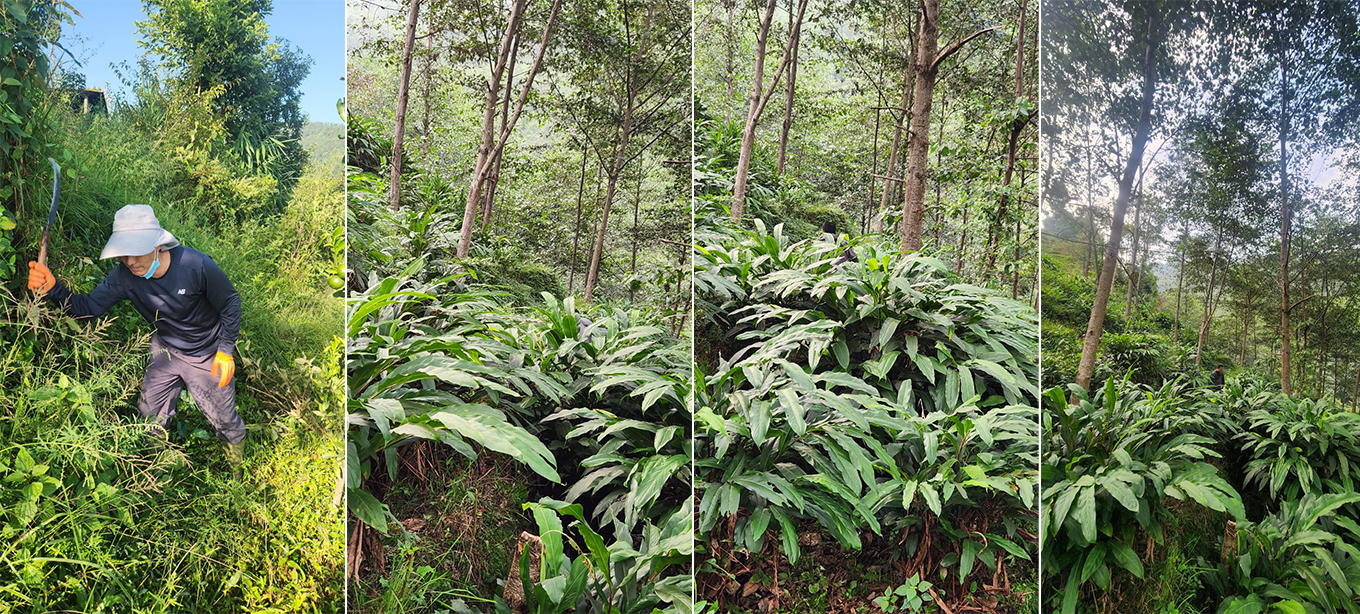
Commercial Cardamom Farming in Dolakha
Friday, October 31, 2025
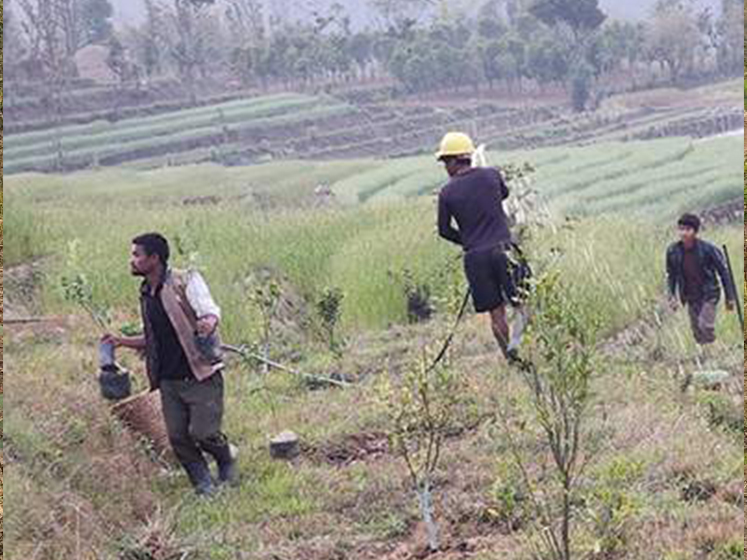
Agro Tourism in Nepal
Friday, October 10, 2025
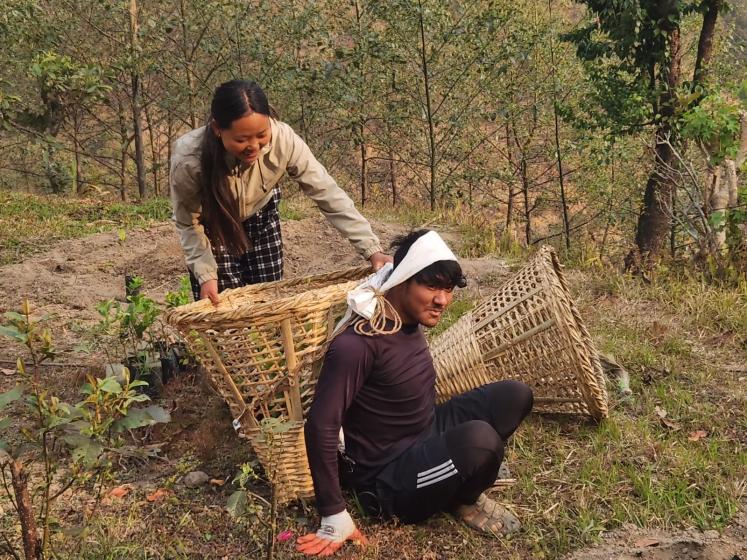
Agro Tourism in Dolakha, Nepal: A Hidden Gem for Farmers and Nature Lovers
Sunday, September 28, 2025